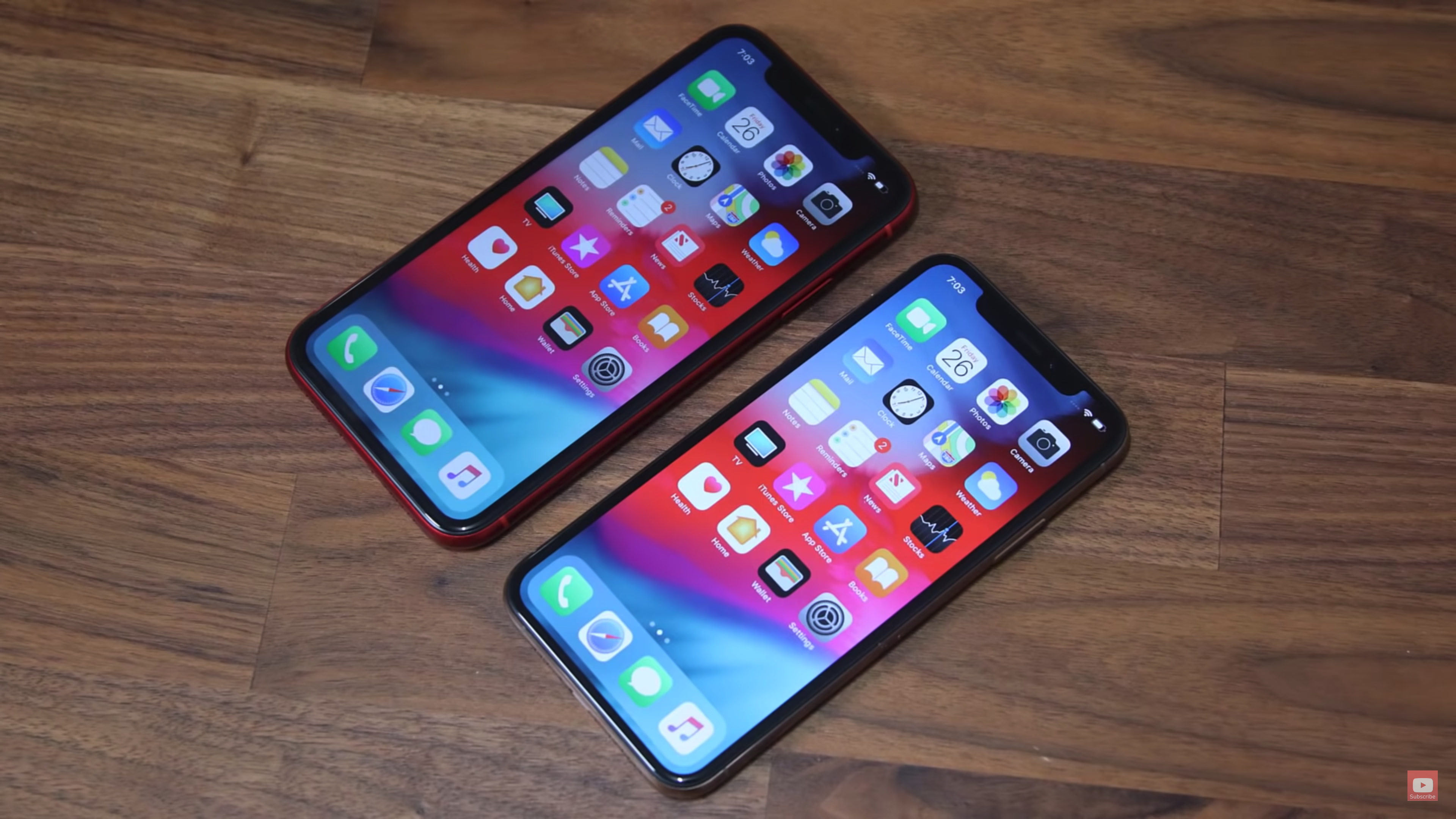- Apple is reportedly planning to release a new iPhone in September, which is expected to include a triple-lens camera and reverse wireless charging.
- But there are a handful of other features we’re hoping to see on future models of the iPhone, like an always-on display and split-screen mode, that Android phones have had for years.
- Visit Business Insider’s homepage for more stories.
If history is any indication, Apple is gearing up to release its new iPhones in September – which will likely include a new triple-lens camera and the ability to wirelessly charge other devices.
But there are several other features we want to see in new iPhones moving forward, some of which involve the device’s software, and others that would require changes to its hardware. All of these things have become standard for Android phones, but have yet to make their way to Apple’s iPhone.
It’s unlikely we’ll see these additions in Apple’s 2019 iPhones, if we ever see them at all. Apple is typically slow to sign on with smartphone industry trends and doesn’t typically do so unless it feels strongly about the value those features bring. Samsung’s ill-fated Galaxy Note 7, for example, included iris scanning before Apple’s iPhone X brought the similar FaceID facial recognition system to the tablein September 2017. And Apple only added common user interface features to the iPhone like third-party widgets and settings shortcuts long after they had become common on Android.
Regardless of whether or not the below features actually materialize in a future iPhone release, they’re useful capabilities that could make the iPhone a more tempting switch for Android loyalists.
Here's a look at the features that are on our wish list for the iPhone.
Always-on display
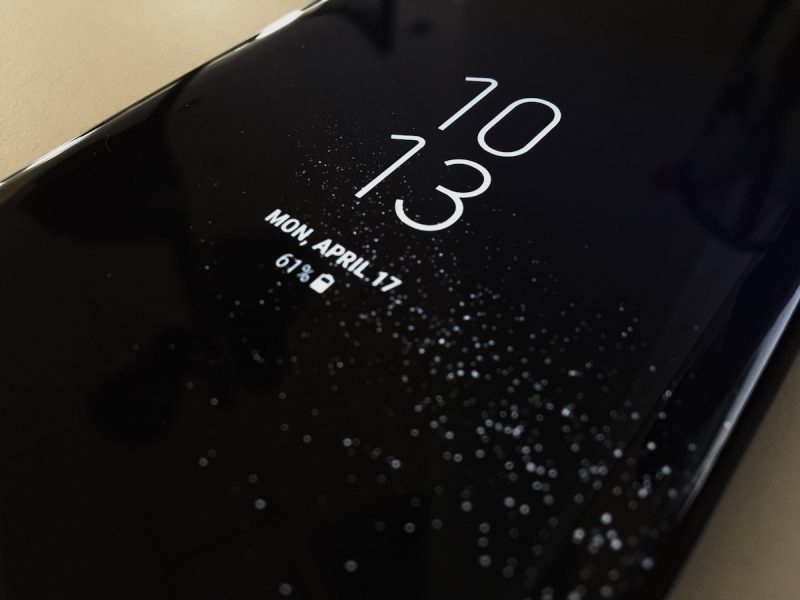
Android phones from companies like Samsung and Google, among others, have long offered always-on screens, which makes it possible to see information like the time, weather, and notifications without having to activate your phone's display.
That can make it easy to check the time at a glance without having to interrupt whatever else you may be doing. On an iPhone, it's possible to activate the lock screen simply by tapping it, which certainly provides some level of convenience. But since you still have to reach for your phone to turn on the screen, the temptation to get distracted by unlocking it and using apps still exists.
Better multitasking
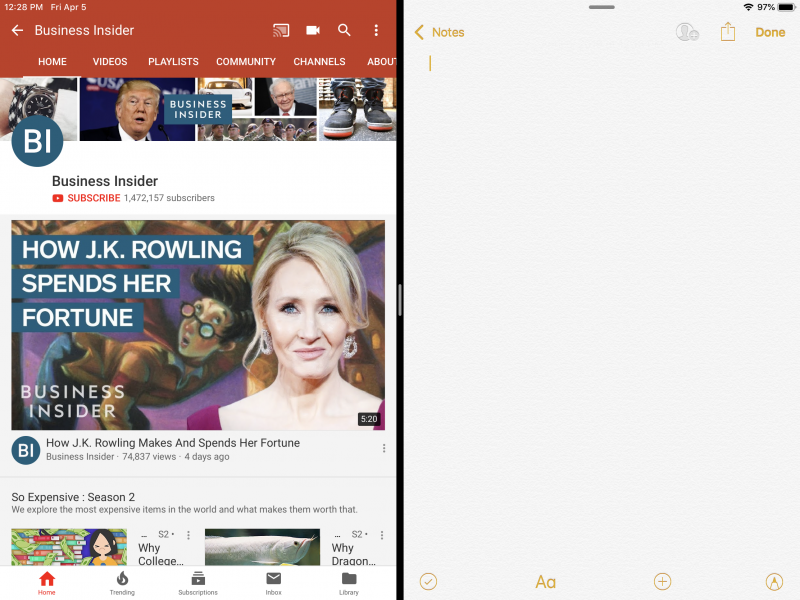
Now that new models of iPhone have larger screens than ever before, it would make sense for Apple to add new features that make it possible to take advantage of it in different ways. Android has supported split-screen multitasking since 2016, and companies like Samsung offered it on their own phones even before then. It's possible to run more than one app simultaneously on the iPad, but Apple has yet to bring this feature to its larger-screened smartphones.
Fast charging by default
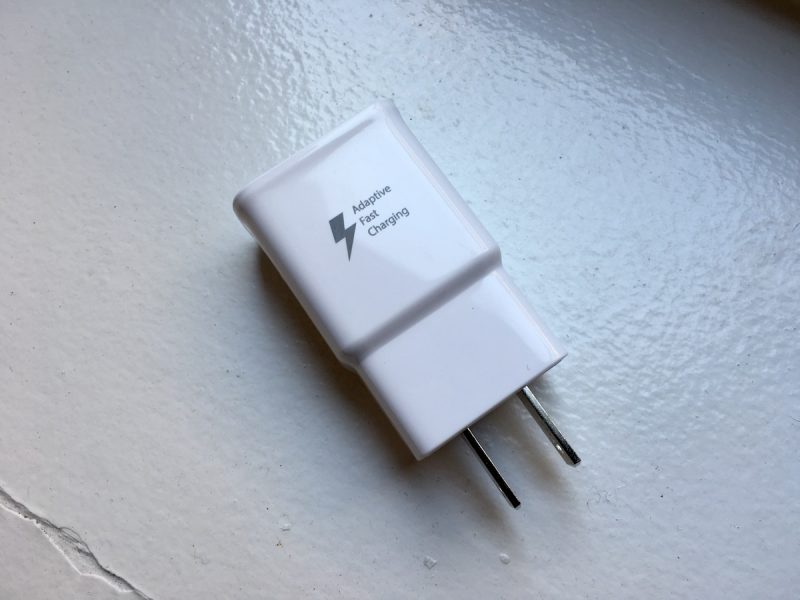
Apple has supported fast-charging since the iPhone 8, but you have to purchase the company's $29 18-watt charger separately to take advantage. However, Android phones like the Samsung Galaxy S10, Google Pixel 3, and OnePlus 6T come with a fast charger in the box at no extra charge.
Apple may actually take this approach come the fall, as a report from Japanese Apple news blog Mac Otakara says the company will include an 18-watt charger with its next iPhone.
A less noticeable notch
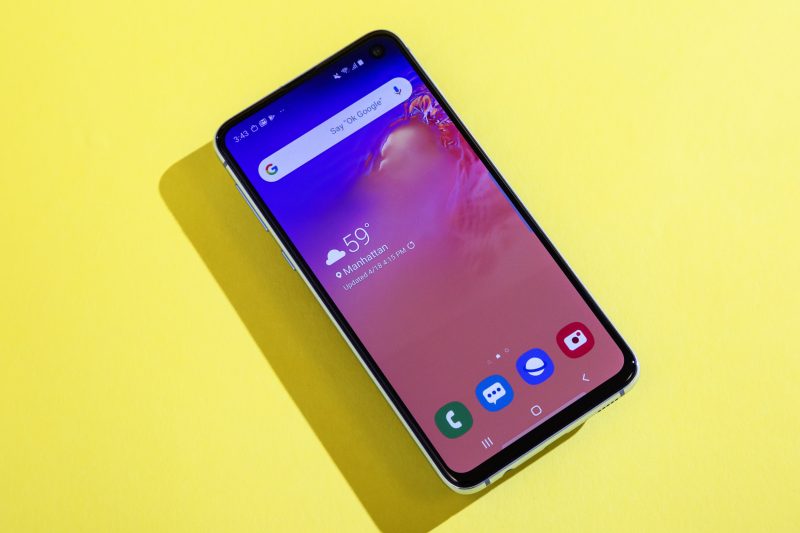
As edge-to-edge screens have become more popular on modern smartphones, some tech companies have come up with ways to eliminate the "notch" - the cutout near the top of the screen where the front-facing camera and facial recognition sensors are usually located.
With its Galaxy S10, for example, Samsung created a hole-punch cutout that's less noticeable than the traditional notch. Companies like Oppo and and Vivo have equipped their phones with cameras that pop or slide out of the device's body when needed.
When Apple eventually redesigns the iPhone, we're hoping that it will come up with a new way to conceal the notch to allow for a more seamless look.
An on-screen fingerprint sensor
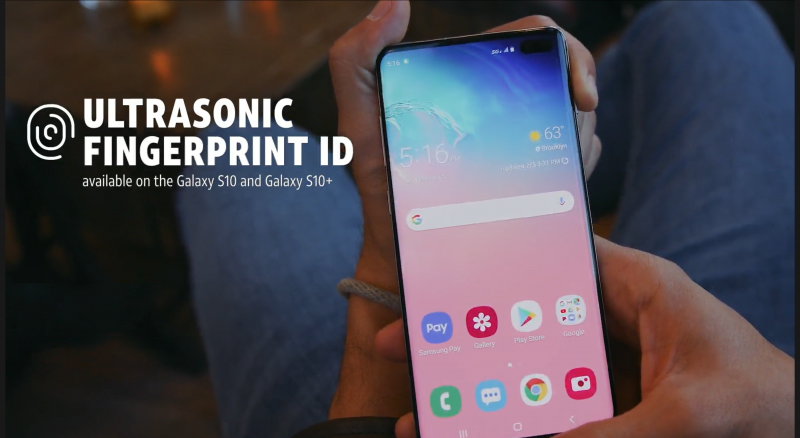
Apple nixed the Touch ID fingerprint sensor from its smartphones in 2017 when it unveiled the iPhone X. Doing so has made it possible for Apple to extend the size of the iPhone's screen without having to make the phone itself larger.
But that also means you must use Face ID to unlock your phone if you don't want to type in a passcode, while Android phones like the Pixel 3 and Galaxy S10 have both a fingerprint sensor and facial recognition. Samsung's Galaxy S10 has a fingerprint sensor that's embedded directly into the screen, although early reviews have suggested it isn't very reliable.
I've often found that Touch ID has worked more quickly and seamlessly based on my own personal experience. As such, I'd very much appreciate a new iPhone that has the edge-to-edge screen of the iPhone X lineup, but augmented with a fingerprint reader. Some phone makers like Google have opted for a rear-mounted fingerprint sensor, but given the iPhone's seamless glass back this seems like an unlikely option for Apple.

